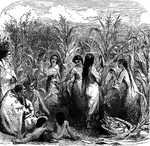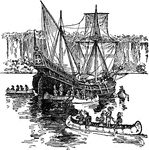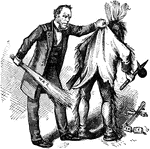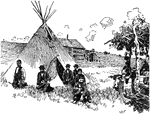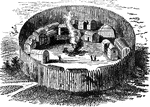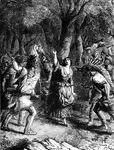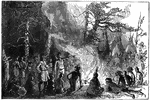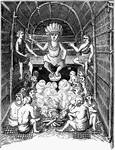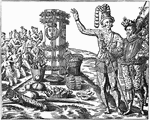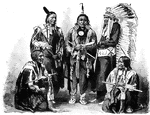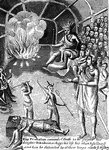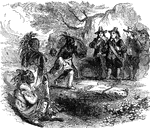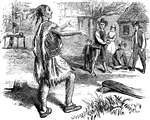Clipart tagged: ‘Native Americans’

Attack on the Narraganset Indians at South Kingston
Attack on the Narraganset Indians at South Kingston by the leaders of the Massachusetts Bay Colony.

Buffalo
"The Buffalo. As the game upon which they depended moved about the country, so the Indians roved in…
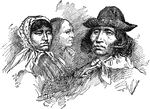
Cherokee Indians
The Cherokee are a people native to North America, who, at the time of European contact in the sixteenth…
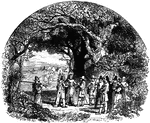
Colonists Interacting with Native Americans
A scene of New England colonists talking with several Native Americans in a wooded glen. In the background…
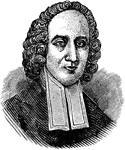
Jonathan Edwards
A famous preacher and missionary to Native Americans. He also played a significant role in shaping the…

John Eliot Preaching to the Indians
John Eliot (c. 1604 - 21 May 1690) was a Puritan missionary born in Widford, Hertfordshire, England.…
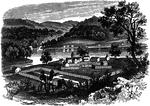
Fort Harmar
The Treaty of Fort Harmar was an agreement between the United States government and several Native American…

The Half Moon in the Hudson
Henry Hudon's vessel the Halve Maen or Half Moon in the Hudson River when it was first discovered.
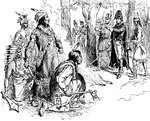
Harrison's Council with Tecumseh
William Henry Harrison's council with Tecumseh, at Vincennes in 1810. William Harrison was the governor…
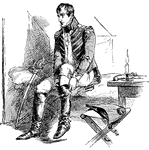
William Henry Harrison
Harrison preparing for battle on November 7th, 1811 with the Native Americans
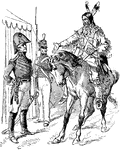
Horseshoe Bend
William Weatherford, "Red Eagle," surrenders to Andrew Jackson at the end of the Creek Indian War of…
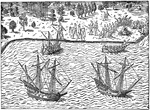
The Huguenots - Landing of John Ribault
In 1562, Ribault was chosen to lead an expedition to the New World to establish a haven for the Huguenots.…
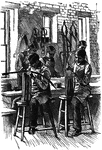
Indian Apprentices Making Harness
In 1911, there were many Indian Industrial Schools. Picture here are some Indian apprentices making…
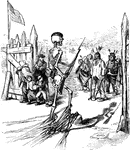
Stand Against Indian Outbreaks
Army of the Frontier stands firm against Indian outbreaks, despite retrenchment, red-tape, and a political…

Iroquois Long House
A "long house" where up to fifty families would live, built by the Native American tribe, the Iroquois.
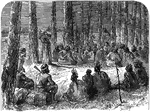
A Jesuit Missionary Preaching to the Indians
A drawing of a Jesuit missionary preaching to Native Americans.
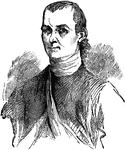
Samuel Kirkland
Rev. Samuel Kirkland (1741 – 1808) was a Presbyterian missionary among the Oneida and Tuscarora…
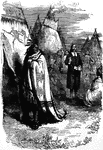
Man Preaching to Native Americans
An illustration of a man preaching to a group of Native Americans with teepees.

Manhattan Island Before the Dutch Settlement
Native American dwellings on Manhattan Island, before the Dutch settlement
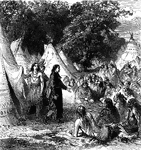
Missionary Addressing Native Americans
A missionary in a long black robe addresses a group of seated Native Americans. The setting is a collection…
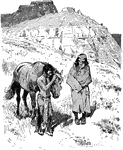
Native Americans with Pony
A Native American father and his son find a pony while hiking near the mountains.

Great Earthwork near Newark, Ohio
An unknown people inhabited the central portion of North America at an unknown period in its history.…
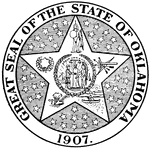
Seal of Oklahoma
The Great Seal of the State of Oklahoma, 1907. The seal has a star with five rays hold seals of Cherokee,…

Penn's Treaty with the Native Americans under the Elm Tree at Shackamaxon
Penn's Treaty with the Native Americans under the Elm Tree at Shackamaxon

William Penn Purchasing Land from the Delaware Indians
He befriended the local Indians, and ensured that they were paid fairly for their lands. They revered…

The Rescue of Israel Putnam from the Indians
"The French officer rescuing Putnam from the Indians." - Lossing

Sitting Bull
Known as Jumping Badger and Hunkesni, he was a Native American clergyman and leader of the Hunkpapa…

William Penn's Treaty with the Native Americans
An illustration of the treaty between the Native Americans and William Penn.
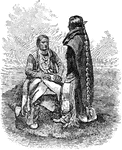
Ute Indians
The Utes are an ethnically related group of American Indians now living primarily in Utah and Colorado.…
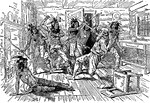
Death of Major Richard Waldron
On September 7, 1676, Waldron invited about 400 Indians to participate in a mock battle against the…
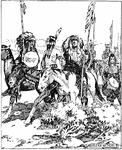
The Return of the Warriors
In the short story of The Arickara Indians, the image depicts the return of the Indian warriors on horses.






